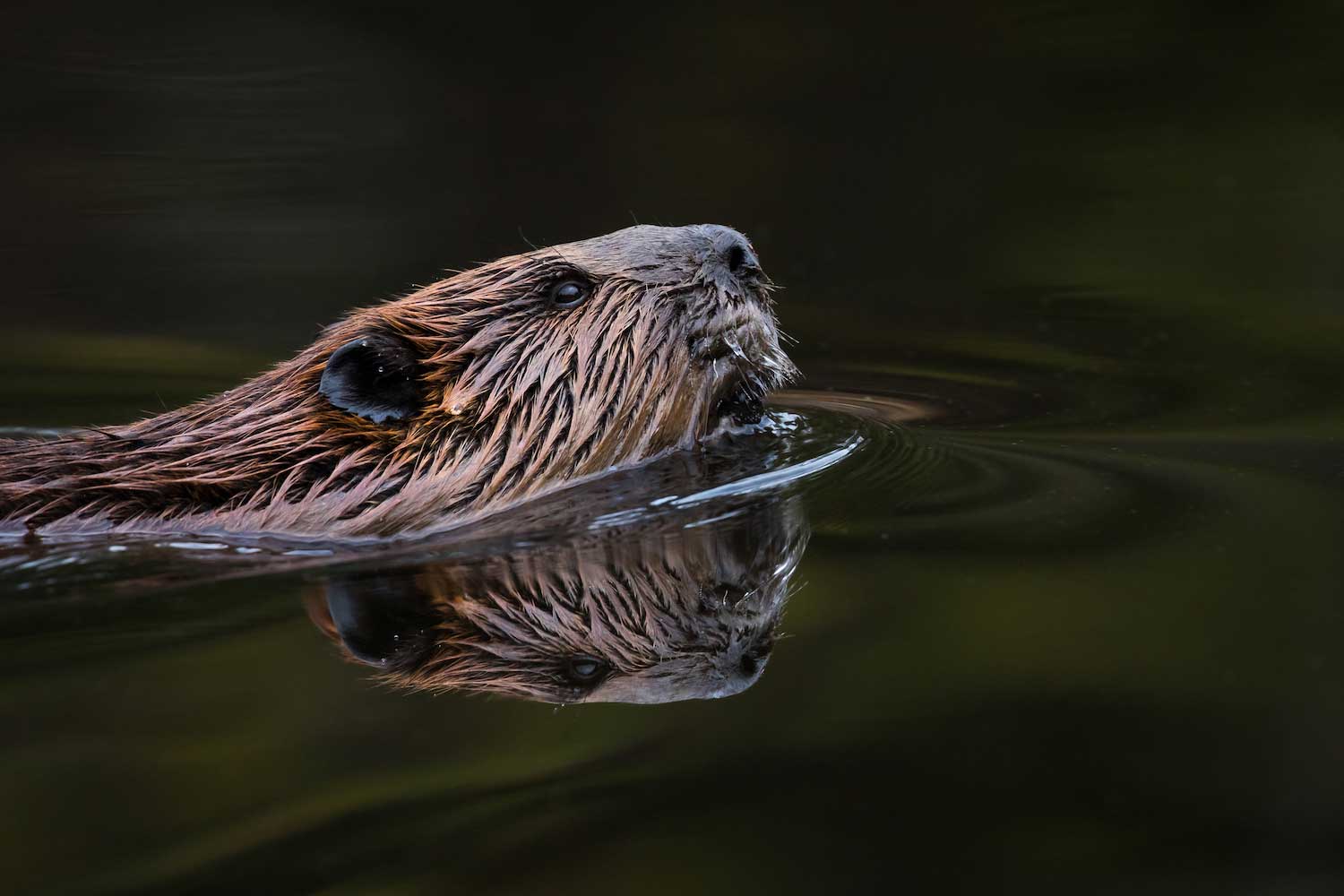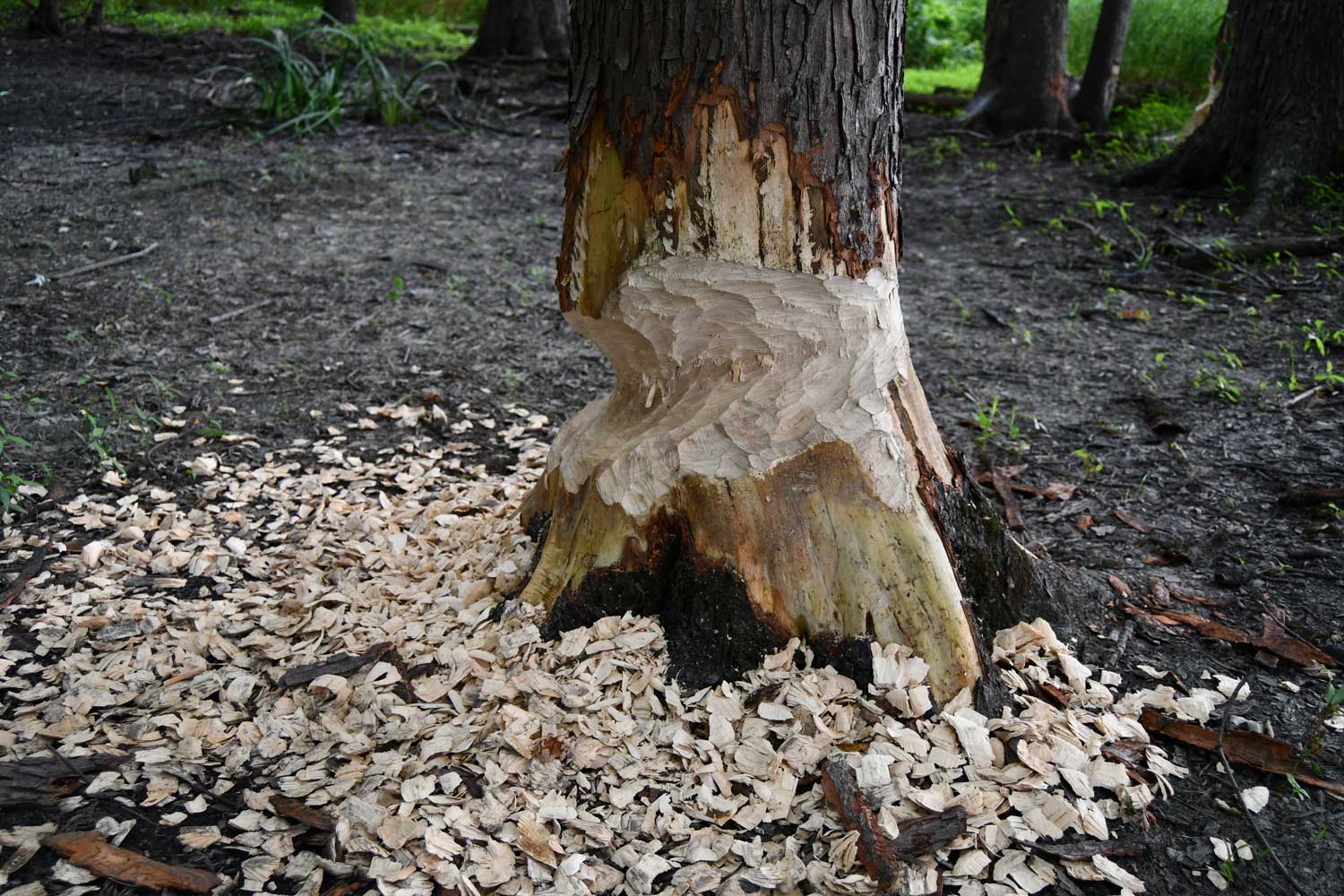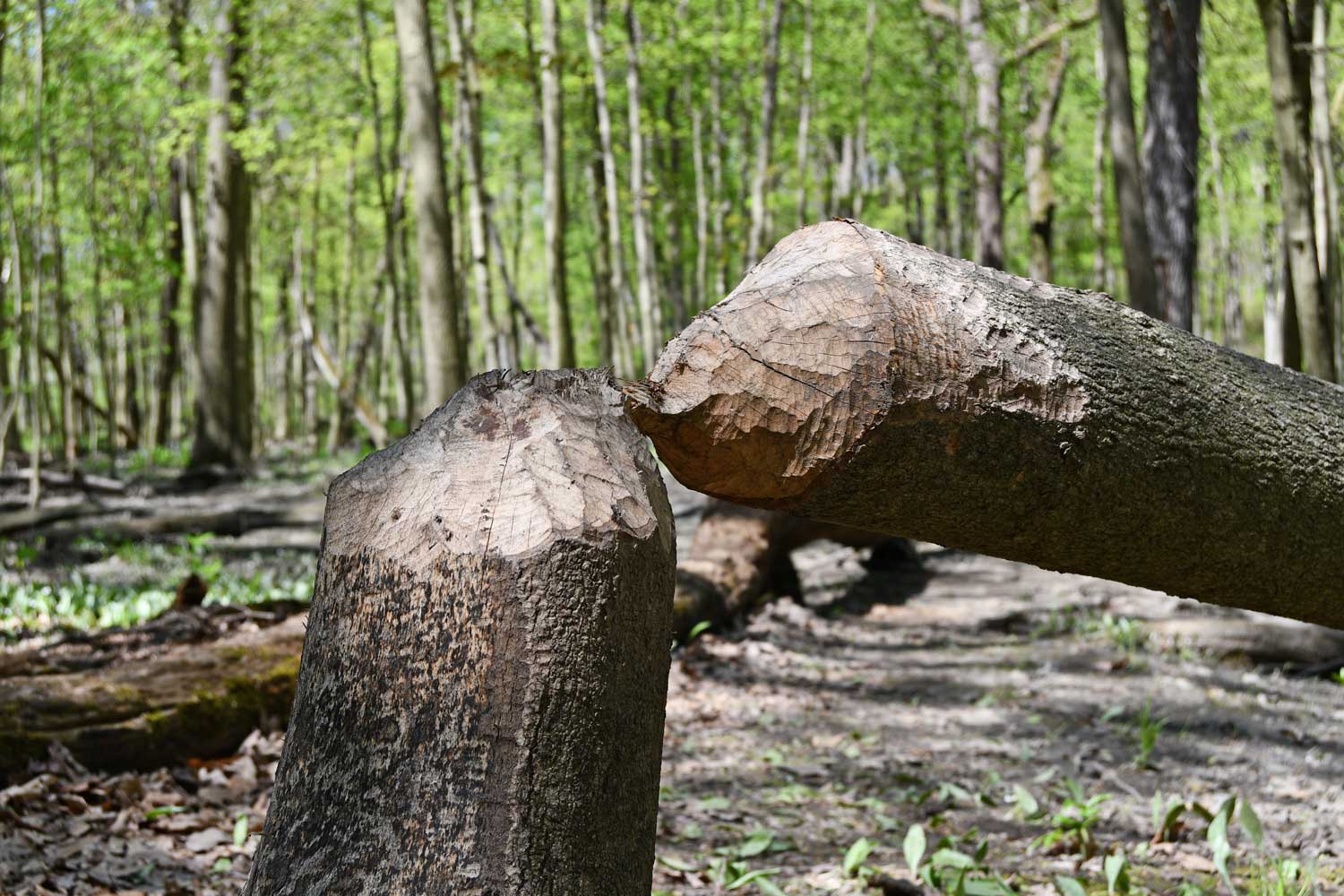Five fun facts about those busy beavers

As the old saying goes, beavers are busy creatures, using their top-notch engineering skills to build both lodges, where they live, and dams to create new aquatic environments. So good are they at building that only one species in the entire animal kingdom — us humans — is better at manipulating its environment, according to National Geographic.
Beavers are at home both on land and in water, but they were built for water. Baby beavers begin swimming in their lodges within a half-hour of being born, the Smithsonian's National Zoo & Conservation Biology Institute reports.
Here are five more facts to help you appreciate these industrious animals.
They were once almost extinct
Today, beavers are common throughout Illinois and much of the United States, but they were once hunted nearly to extinction because of their value to the fur trade, used for everything from robes and coats to top hats. In fact, beaver pelts were the most important commodity in the majority of North America during parts of the 1800s, according to the Smithsonian's National Zoo. Wars have even been fought over access to beaver-trapping areas.
By the mid- to late 19th century, their population had plummeted so much that they were no longer an important part of the fur trade. It's likely they were completely extirpated from Illinois until the early 20th century. Beavers began being reintroduced in Illinois in the 1920s, and reintroductions continued in parts of the state until the early 1950s, according to Wildlife Illinois. By the mid-1950s, beaver populations had been re-established in about half of Illinois' counties, and today they are common and well-established across the entire state.
Beavers are rodents
When most people think of rodents, mice and rats come to mind, but beavers are rodents too. They are actually the largest rodent in North America, and the second largest in the world, according to the National Zoo. Only the capybara, which is native to South America, is bigger.
Adult beavers are typically 3 feet to 4 feet long and stand between 1 foot and 1 1/2 feet tall. They usually weigh between 35 pounds and 65 pounds, but the largest beaver on record tipped the scales at a whopping 110 pounds.
Like all rodents, beavers have four front teeth called incisors — two on the top and two on the bottom — that grow continuously throughout their lives. These teeth, which are orange because of iron in the enamel, are constantly ground down by the beavers gnawing on wood.
They're monogamous
Monogamy is not typical among mammals or in the animal kingdom in general, but beavers mate for life, according to the National Zoo. In some cases, a beaver pair may be together for as long as 20 years. However, if one of the pair dies, the surviving partner will usually find a new mate, the National Wildlife Foundation reports.
Beavers live in colonies consisting of mated pairs and their offspring. Baby beavers, called kits, are born in the spring, and they stay with their parents for about two years, helping raise the next generation of offspring before moving out of the den and finding a mate of their own.
They talk with their tails
Beaver tails are important to their anatomy, used as a rudder to help them swim and also to help them balance while on land. They also communicate with their tails, which are flat and covered in scales, according to the National Zoo.
When danger is near, an adult beaver will slap the water with its tail. The slap creates a loud, cannonball-like sound that both signals other beavers to the potential danger and also scares away predators, according to the Chattahoochee Nature Center. They also sometimes slap the water with their tails to be playful.
Beaver dams can be very big
Beavers can create aquatic environments by building dams, which are watertight structures constructed of sticks and tree limbs woven together with reeds and branches and caulked with mud.
Beaver dams can be big, creating habitats for dozens of other species and providing a water source for a variety of animals. The largest beaver dam in the world can actually be seen from space. The dam, in Canada's Wood Buffalo National Park, is about a half-mile long and has likely been worked on for decades, Atlas Obscura reports.








